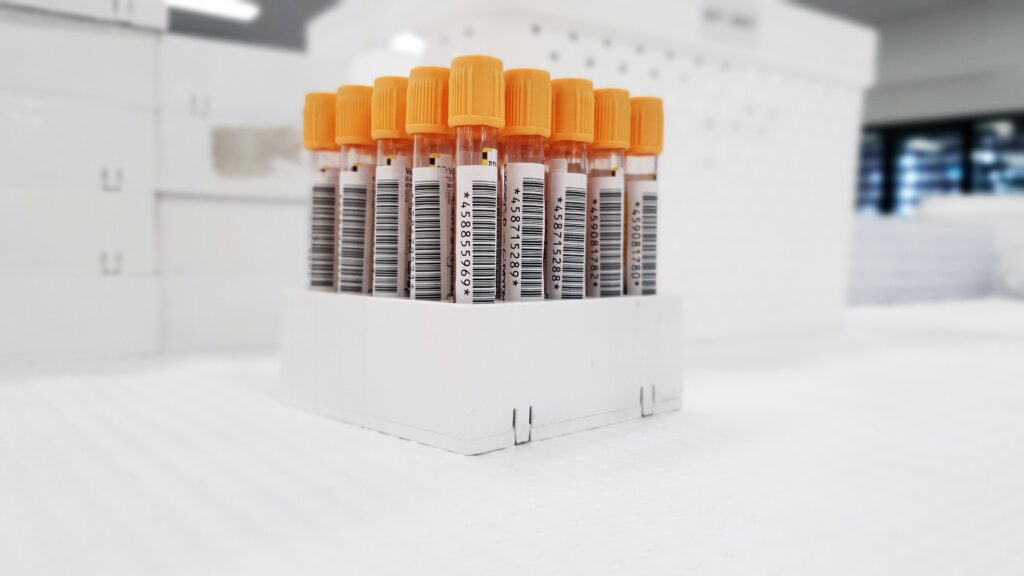In medical laboratories samples are processed in three phases: Pre-analytical, Analytical and Post- analytical phases. The pre-analytical process includes sample collection, handling and transportation and pre-analytical sample processing. In this article we would be discussing about the components of pre-analytical sample processing.
This phase starts when the samples are delivered to the medical laboratories via the laboratories private transport system or via pneumatic tubes (found in hospital laboratories). These samples are received by the sample reception.

Triage:
The first step after receiving the samples include sorting them according to the sample type or method of processing. Most laboratories sort the samples based on urgency (urgent samples) which include sample with urgent test request like troponines (elevation detects heart attack), patients who are due for surgery/ in operation theatre and samples with short life/ which degrade quickly (coagulation tests, need to be processes within 2 – 4 hours). The samples are also segregated based on the type of sample received: routine samples for bloods, swabs, urines and faeces; cytology samples for cervical smear and urine samples and histology samples for skin and other tissue samples. The segregation and pooling together of similar samples makes the process of registration smooth and easier.
Pre-Sorting
Laboratory might receive pre- barcoded samples from clinics and collection centres. These samples are audited and cross-checked for the presence of correct samples for the tests requested. The request forms get scanned for registration and the samples are sent to specific departments for processing.
Barcoding
The routine, cytology, histology and 24 hour urine samples are then barcoded using specific procedures. The laboratories generally use either manual pre printed barcodes or autogenerated barcodes using computers. The laboratory test guides are used for checking any special requirements required for the test requested. The tests or sample types are added on the form and scanned to be registered. These samples are then delivered to the specific departments for processing.
Special requirement
Some samples with incorrect sample type, labelling errors, missing samples and missing request forms or samples with inappropriate transportation requirements are recollected. Some samples require double spinning and aliquoting like lupus anticoagulant, other requested tests like viral loads requires the collection of a seperate sample. Other send away/ shared samples are generally aliquoted and sent to other laboratories for testing following the appropriate procedures like using a sterile pipette etc. Most of the plasma/ serum testing requires centrifugation to seperate the components of the blood like testing for electrolytes or liver or renal function tests requires serum while the coagulation testing includes plasma testing.
Registration
After the samples are barcoded and the request forms are scanned, the tests requested by the clinicians need to be registered into the laboratory system. This process includes double checking if the patients information registered with the laboratories are correctly recorded into laboratory system for the correct identification of the patient. Next the requested test are registered into the laboratory system using appropriate codes along with the requesters information. The accurate requestors information is important for transmission of the results.
Dispatch
Most of the labs conduct the most commonly requested tests and send away specialised tests to hospital or referral laboratories. After registration, these samples are packed into specific containers and into a chilled bin. These samples are scanned into a sendaway system to keep a track for traceability purposes in case of any errors.
The pre-analytical sample processing is important as it involves registering the samples into the laboratory system and errors in this process/ phase can interfere with the accuracy of the result produced. As the laboratory results play a crucial role in the diagnosis and treatment of the patients condition and any errors in the process can lead to consequences suffered by the patients.
Click here to read more about: Medical Laboratory Workflow
